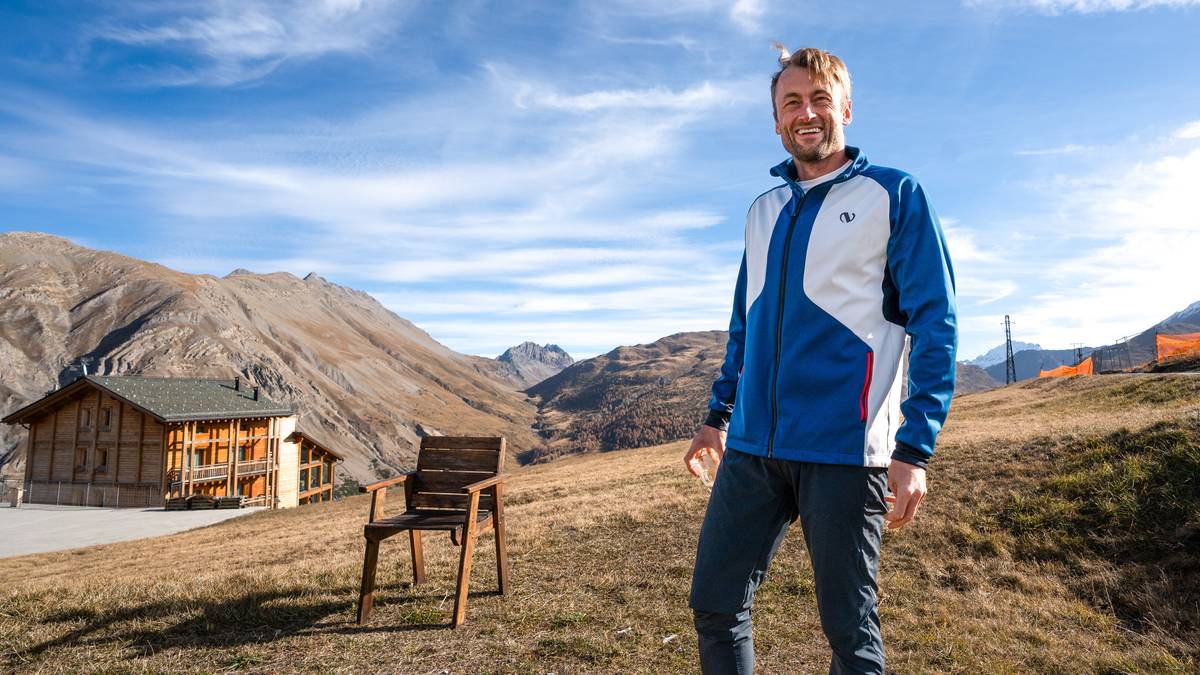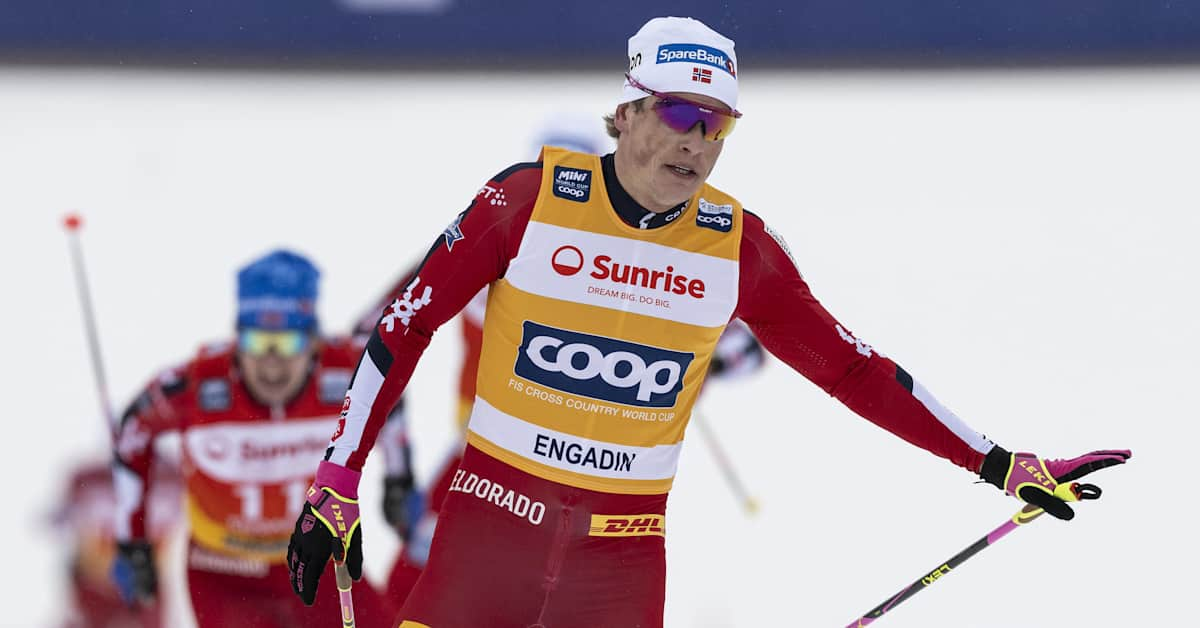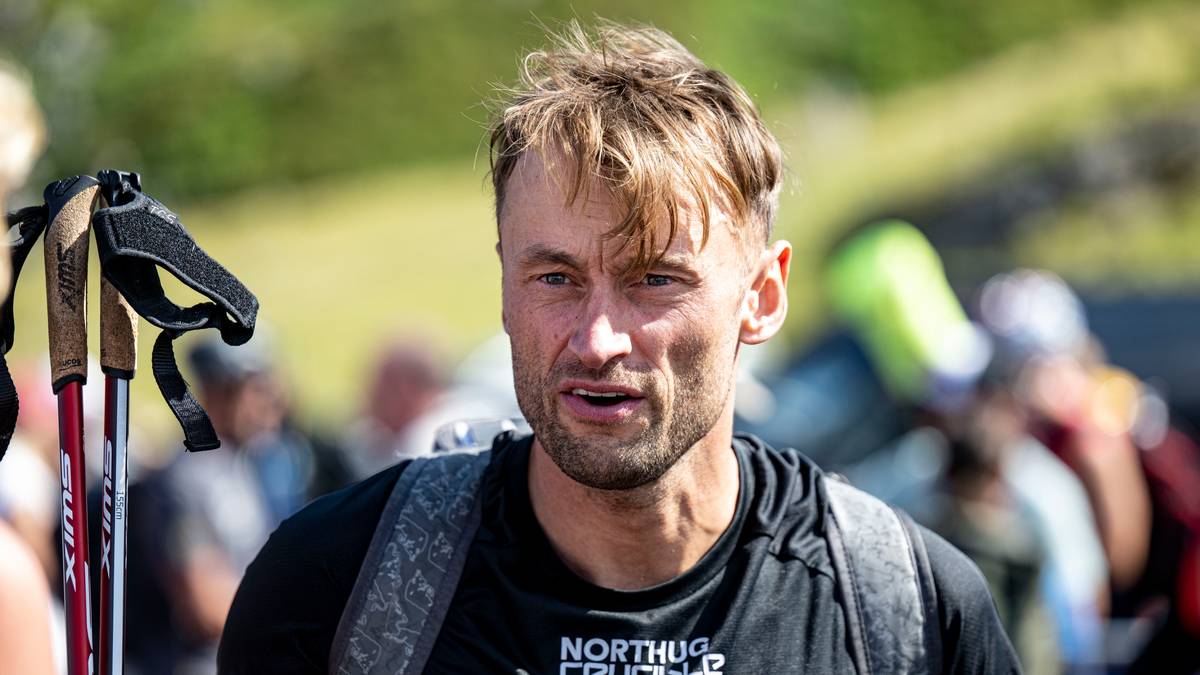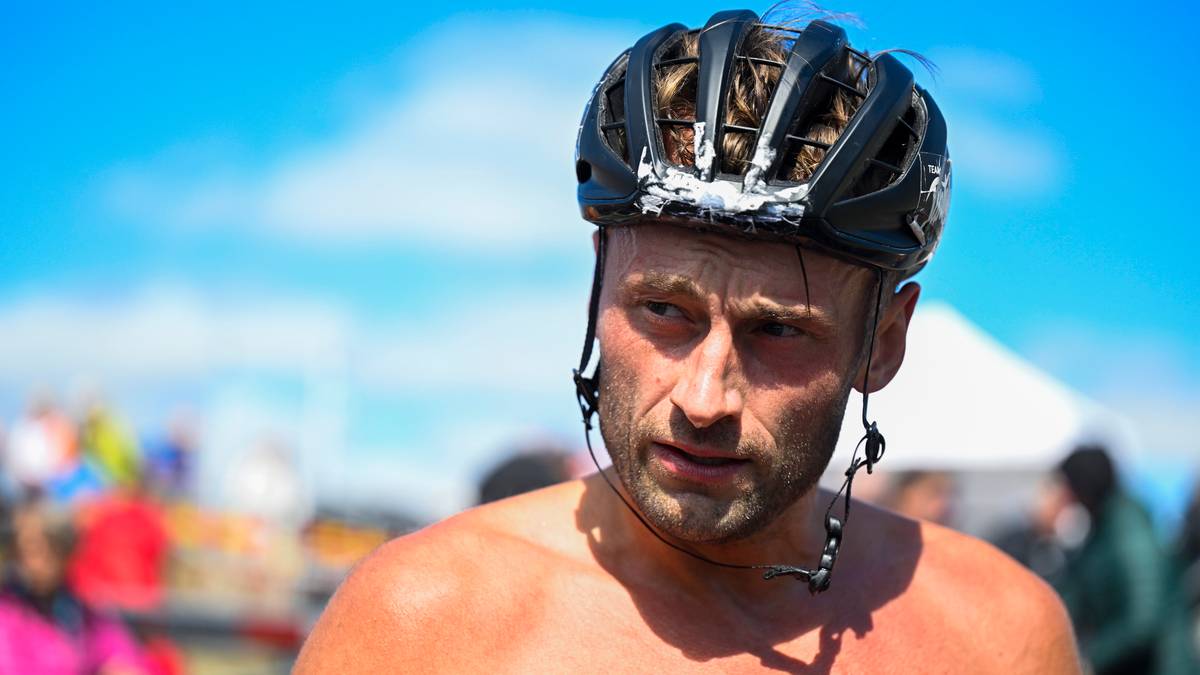
Petter Northug's Provocation to Today's Stars – Replies from Martin Johnsrud Sundby
Originally published in NRK on March 01, 2025
Livigno, 2208 meters above sea level: The mountains rise high over Petter Northug and Johannes Høsflot Klæbo, who are completing a training session on the snowstrip in the valley.
“If you haven't done altitude training correctly and structured it into your training plan, then you have not tapped into your potential as a skier. That is 100% certain,” Northug states clearly.
NRK met the skiing king in Italy this fall during a high-altitude training camp. At 39 years old, after a lengthy career in cross-country skiing, Northug still swears by his tried and true routines as he continues his training.
“I estimate about a year,” he calculates when asked how long he has spent in Livigno over his life.

Photo: Henrik Myhr Nielsen / NRK
At the peak of his career, he traveled to high-altitude camps every year. Northug's medal haul suggests that he was successful with this training approach.
However, not everyone does the same; contrary to Northug, some athletes opt to avoid the mountains altogether. Research in this area is also inconclusive. Is it essentially effective to train at higher altitudes?
Responding to Northug’s Attack
Among today’s national team members, only Johannes Høsflot Klæbo has systematically employed altitude training in recent years. While the sprint star prepares for the World Championships in Livigno, Harald Østberg Amundsen is refining his technique back home in Asker, approximately 200 meters above sea level.
As two of Norway's major gold hopes on the men's side, they have drastically different training preparations as the medals are about to be contested in what may be the pinnacle championship of their careers—the World Championships in Trondheim.
Does Amundsen not realize his potential, as Northug claims?
“He might have a point, but I believe he would also agree that improving my sprinting and strength is easier to do in the lowlands,” Amundsen responds to Northug's assertion.

Photo: Geir Olsen / NTB
Klæbo appreciates not having his teammates around during training in Livigno.
“There’s no doubting that altitude training works. So I thank everyone who doesn’t go up to the height and chooses to stay home. It’s an advantage for me,” Klæbo tells NRK, also in Livigno.
Pointing to Jakob Ingebrigtsen
Ski stars Northug and Klæbo speak from experience. They have both felt the benefits that altitude training can provide. The same can be said for Therese Johaug, who in previous years actively utilized altitude training.

Photo: Henrik Myhr Nielsen / NRK
The goal of training at altitude is to improve oxygen uptake and, correspondingly, endurance. Altitude benefits can enhance red blood cell production in the body. Height, with its thinner air, reduces access to oxygen, stimulating the body to boost its ability to transport oxygen from the lungs throughout the body.
Northug explains, “For me, this was one of the most critical factors in being able to keep pace during distance races in my time. I saw from tests later that I significantly improved after being at high altitudes.”
He laughs at those who don’t prioritize altitude training, believing incompetence to be the reason why. Northug uses Jakob Ingebrigtsen, who is at altitude training camps several times a year, as an example.
“As far as I can tell, it works for him. Klæbo wouldn’t be here if it didn’t. You must see what the top athletes do and follow their lead,” says the Trønder.

Photo: Henrik Myhr Nielsen / NRK
However, why do not all athletes employ the same strategies?
Success Without High Altitude Training
NRK's cross-country skiing expert, Martin Johnsrud Sundby, refers to medal statistics. In 2017, the national team skipped altitude training before championships for the first time.
“Swift research shows that we have picked up significantly more men's medals in cross-country skiing since we dropped altitude training before championships than before. There’s no doubt about that,” says Sundby.
And he's right. Over the last three World Championships, Norway’s men have won gold in all but one event. Their overall medal haul has also vastly surpassed average results at previous championships.
In confrontation with Northug’s claim that athletes cannot realize their potential without adequate altitude training, Sundby responded, “I disagree with that assessment.”
According to Sundby, altitude effects vary from person to person. Some respond extraordinarily well to the training; others do not. He knows this well because he has trained with Northug in the mountains before.
“Petter gets an enormous benefit. We know that. I have tested this against Petter. We could spend three weeks at altitude, and Petter would respond in an incredible way. Meanwhile, I saw no response at all,” he shares.
Sundby, however, is not opposed to altitude training. For he, too, had good experiences, but was dependent on spending sufficient time at high altitudes to achieve the desired effect.
“I needed to be there for long periods, and I had to go regularly. So over three years, I had many days at altitude.”
He became an individual world champion only after dropping high altitude training. At the same time, he has won several World Cup races this year with a structured altitude training program.
“For me, there was never a time I reached my very best form through that altitude regime. That is a key I never managed to unlock, but the overall level was solid,” Sundby recounts.
Research Duel
Researchers struggle to agree on the matter: Is altitude training beneficial or not?
In 2020, two prominent researchers, Christoph Siebenmann and Gregorie P. Millet, met in a research duel, drawing swords and presenting arguments for their respective sides of the issue. Siebenmann against altitude training, Millet for it.
According to Siebenmann, altitude training's results were too inconsistent, from a scientific standpoint, and could have potential negative effects on the athlete. The researcher believed that the gains from altitude training were more often due to an increased training volume, not the altitude itself. Siebenmann also contended that altitude training could have negative effects, such as increased blood pressure in the lungs, higher strain on the heart, and poorer sleep quality.
Millet, on the other hand, firmly stated that altitude training, when executed correctly, improves oxygen transport in the body and can be beneficial for elite athletes. Millet also rebuffed Siebenmann’s concerns, arguing the potential risks were exaggerated.
NRK met Professor Thomas Losnegard at the Norwegian School of Sport Sciences in Oslo.

Photo: NRK
“What does research lack to draw even clearer conclusions?”
“Research is quite clear that altitude training has an effect on red blood cells. That is quite evident. If you stay at high altitude for extended periods, you will see an increase in red blood cells, which in turn carry more oxygen to the muscles. It is a bit less certain how significant that effect is, and there is also uncertainty related to performance.”
“Research will never be able to provide a definite answer on whether altitude training has an effect or how significant the effect is. It’s a complex puzzle where many factors come into play in the athlete's performance,” Losnegard explains.
A range of individual, physiological, and training-related factors determine the degree to which one succeeds with altitude training or not. Perhaps it’s not for everyone?
Questioning Klæbo
At least that’s what the Norwegian Ski Association has concluded, as there are no longer any that "are forced" to high altitude.
“If I could do everything all over again, I would still focus on altitude training because it worked for me. But if I were a national coach for ten boys, I would be very uncertain if I would opt for altitude training. Because perhaps two out of ten would succeed with it over time. The rest would make mistakes that would make them poorer athletes,” Sundby concludes.

Photo: Torstein Georg Bøe / NTB
However, Calle Halfvarsson has experienced setbacks in the past.
“Some are very good at slowing down and letting altitude do its work. I have had difficulty adjusting my training to altitude. I have developed bad habits where I go at the same pace and think it will go well. That’s not my thing,” he concludes.
Nor would Northug advocate for any forcefulness. If you don't believe in it, it's just as good to stay home.
“You need to be at altitude to know it works and gives you the security and calm of being there and training. If it doesn’t, then it’s just fine to stay home with a partner and kids and train locally,” he believes.
Svensk William Poromaa has spent weeks before the World Championships at altitude, and supports Northug's claim. It’s foolish not to train at altitude.
“Yes, I would say that. You have to try. But you have to be smart when you are there. It’s probably not wise to test it for the first time before a championship,” says Poromoaa.

Photo: Bildbyrån / Bildbyrån
Also, Klæbo should have been at high altitude for an extended period leading up to the World Championships, but had to cut his training camp short due to illness. Sundby points out that traveling to high altitudes carries certain risks.
**“Maybe he got sick simply because he traveled. Maybe he was up in the height? You become more susceptible. Your airways, everything is more sensitive. You have much less margin for error at height than in lowlands,” he explains.
Klæbo managed to shake off much of the illness before the championship in Falun, where he won. In the sprint at the World Championships, he won gold as expected. But will the Trønder achieve the distance gold he yearns for? Follow the World Championships further on NRK.
Published: 01.03.2025, 11:43 Updated: 01.03.2025, 13:55
See Also

Johannes Hösflot Kläbo Shines with Impressive Performance at the World Cup
January 27, 2025 / Yle
Petter Northug's Plan to Compete for the World Championships: 'The Feeling is Very Good'
November 02, 2024 / SVT
Petter Northug's Comeback: A Controversial Return to Cross-Country Skiing
October 01, 2024 / Sport1

Petter Northug Hard on the Ski Federation: – We May Miss Fantastic Careers
November 19, 2024 / NRK

Northug's Challenge: Racing Against Time and Expectations
August 19, 2024 / NRK